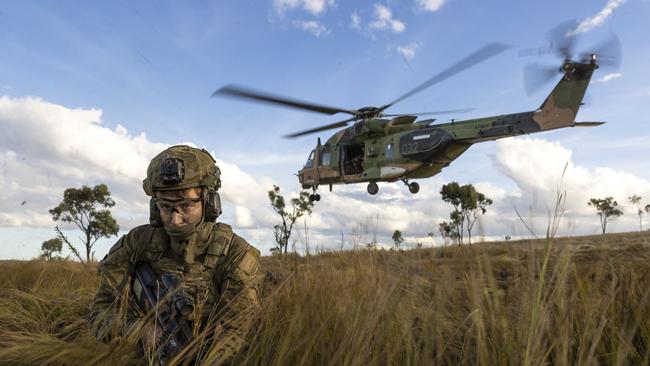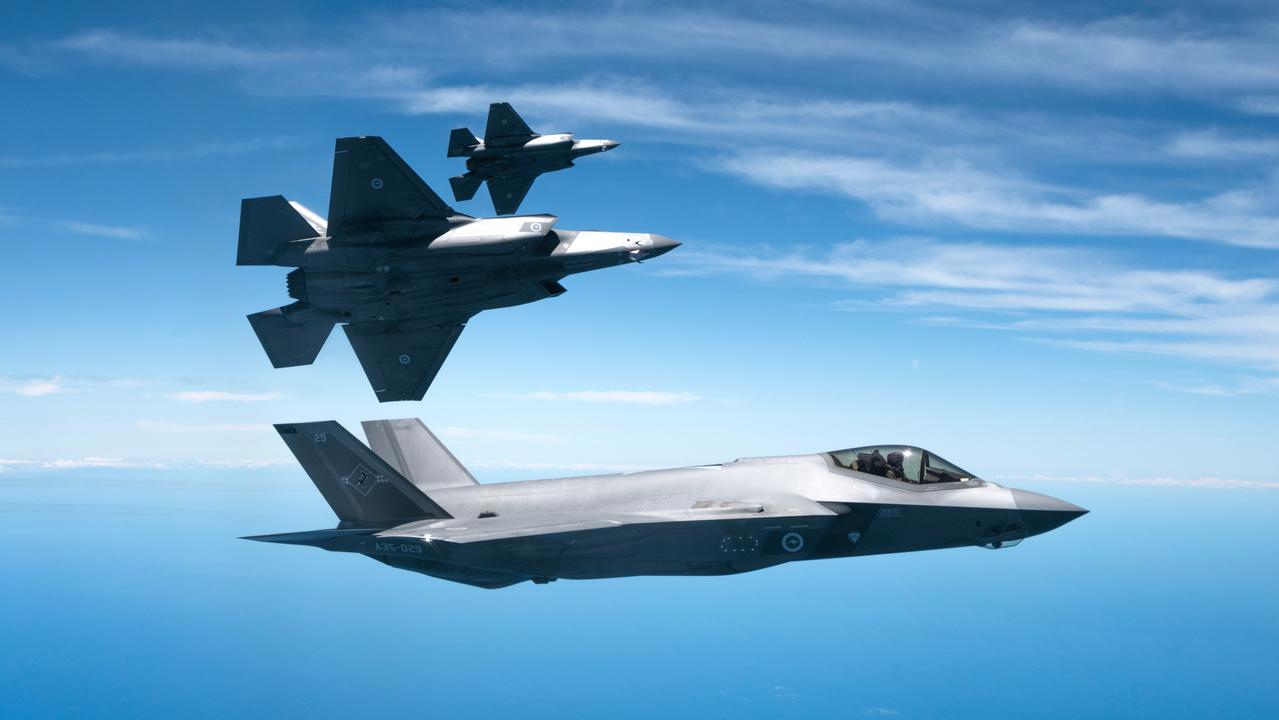Premature retirement of Taipan helicopters a major reduction in Army capability
After a fatal accident during Exercise Talisman Sabre in July, Australia’s fleet of Taipan Multi-Role helicopters (MRH) has been retired early, leaving us with a capability gap. However, other countries continue to fly theirs.

The final chapter in the history of Australia’s fleet of Taipan Multi-Role helicopters (MRH) was written on September 19 when Defence Minister Richard Marles announced that they will never be returned to service. The reason is that the remaining 46 helicopters have been grounded since an accident took the lives of four service personnel during Exercise Talisman Sabre in late July, and the investigation will take another year to complete.
According to the Minister, the fleet was due to be retired at the end of 2024 and so why wait? This formulation omits several possibilities, such as why not ask for an interim accident report, since air worthiness does not seem to have been the issue?
Or why not ask how it is that all other users of the helicopters – 13 countries – are continuing to fly theirs? While there has been some unhappiness with the platform – Norway seems to be on the top of the list of complainants – more than 500 of them, with an excellent safety record, have been delivered.
One of these successful users is New Zealand with eight MRH – and they have one of the highest availability rates in the world. It is strange to think that no Australian defence minister in the past decade has bothered asking the department to explain why this disparity exists. On the rare occasions when a journalist can ask a question of an Australian official, the answer is that they don’t know how New Zealand does things, seemingly oblivious to the existence of technologies such as the telephone and email. Another example is Italy – one of the largest operators – which has 120 of them and the Navy has just taken delivery of their 56th and final MRH. They received their first in 2011 and have so far completed 35,000 largely fault-free flying hours.
Back here, there have been two semi-independent Defence inquiries about Taipan availability – called the Houston report and the Yates review – but they have been instantly classified and deeply buried by the department. One assumes that they have been critical of Army support processes, which are believed by some to be the root cause of most of the availability problems.
It’s a bit like buying a very expensive new car and having problems starting it for the next 20 years. After taking it repeatedly back to the same garage and paying for numerous parts to be replaced, with no effect, after a while someone might start to question the competence of the mechanic – in this analogy being Army and CASG, with only a supporting role played by the manufacturer Airbus. This would be even more the case if every day you watched your neighbour start the same model and drive happily away for years of trouble-free motoring based on routine maintenance.
Military logistics are complex, detailed and not especially exciting so it is much easier to blame the platform – which now has the word Troubled built into its Australian title – than it is to fix the problem. By giving up on the fleet – it was originally expected to fly until 2038 – the government will see the loss of more than 400 skilled positions in Brisbane as Airbus sacks its workforce.
There is also the issue of a capability gap, with deliveries of replacement Blackhawk helicopters only just under way with only three in Australia. This means that Special Forces will be operating at greatly reduced capability for a year. It also means that as we head into a potentially disastrous bushfire season, Army and the government have voluntarily diminished their capacity to assist the civilian population.
Prior to the accident that led to their retirement, the Taipan fleet had reached an availability rate of 70 per cent. By way of comparison, the world’s best fifth generation combat aircraft, the F-35, has a current mission capable rate of 53.1 per cent and a full mission capable rate of 29.3 per cent. Perhaps the government should retire the F-35s and buy something else rather than fix them.


